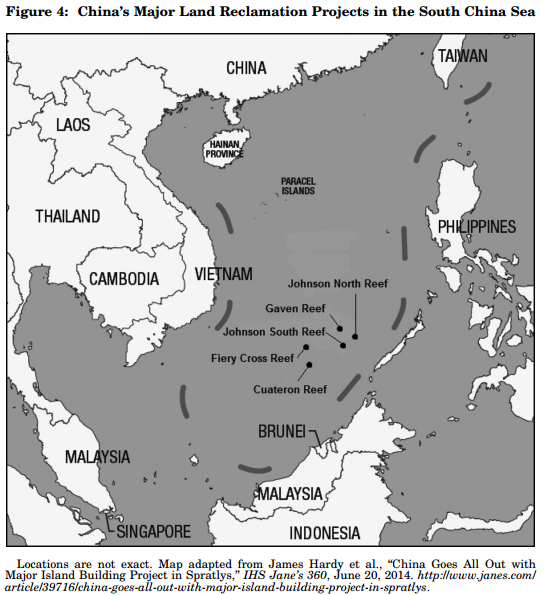- Reaction score
- 0
- Points
- 360
This doesn't change their "no-first strike" nuclear weapons use policy, or so they say.
Free Beacon
Free Beacon
Chinese Military Confirms DF-41 Flight Test
Beijing says new multi-warhead missile does not change nuclear policy
BY: Bill Gertz
December 26, 2014 3:36 pm
China’s People’s Liberation Army on Thursday confirmed that its military conducted a flight test of a new long-range missile that U.S. intelligence agencies say involved the use of simulated multiple warheads.
“China has the legitimate right to conduct scientific tests within its border and these scientific tests are not targeting any country or target,” PLA Sr. Col. Yang Yujun told reporters at a year-end news briefing.
Yang was asked about the flight test of the DF-41 ICBM on Dec. 13 and whether the testing of the missile changed China’s strategic nuclear policy of not being the first to use nuclear weapons in a conflict.
(...SNIPPED)




